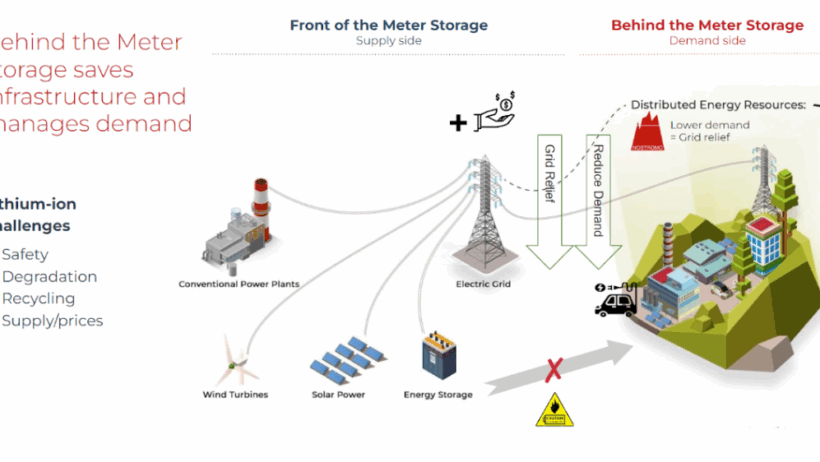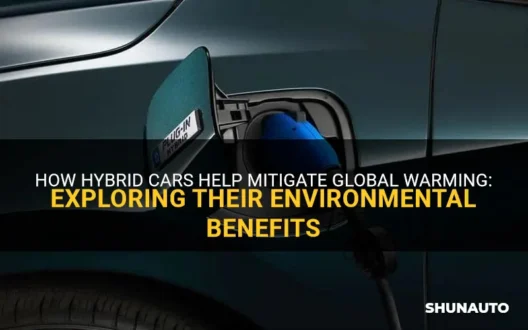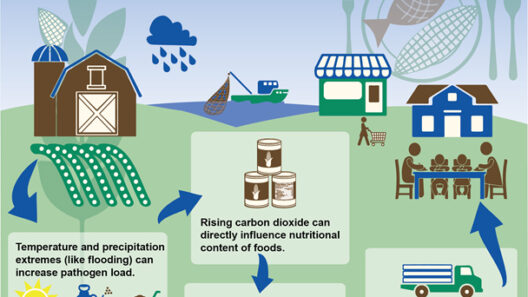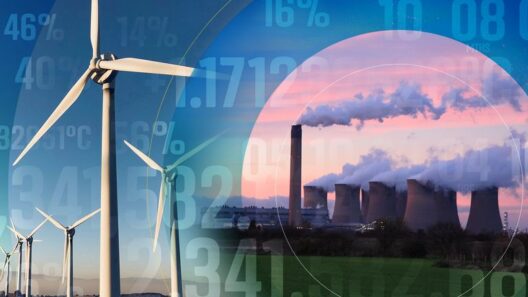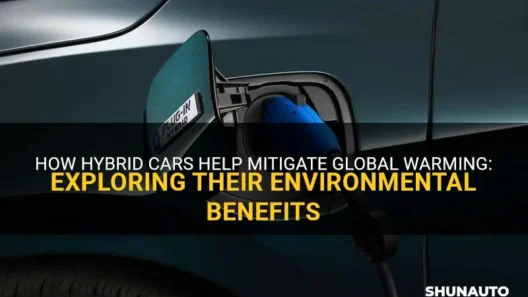As the specter of global warming looms larger on the horizon, humanity stands at a crossroads. While the perilous effects of climate change become increasingly apparent, innovative solutions to combat this existential crisis have taken center stage. Among these, energy storage emerges as a pivotal player, holding the potential to reshape our environmental future and mitigate the acceleration of climate change.
Energy storage systems, at their core, offer a unique way to harness and deploy energy efficiently. They provide a bridge between energy generation and consumption, allowing for a more coherent relationship with renewable sources such as solar and wind power. Currently, the intermittent nature of these resources presents a significant challenge—energy is often produced when it is not needed, and consumed when it is not available. This inconsistency can lead to reliance on fossil fuels, exacerbating the climate crisis. Energy storage can help smooth out these fluctuations, delivering reliable power when it is most needed and enabling a broader adoption of clean energy technologies.
Consider the capabilities of storage technologies like batteries, pumped hydro storage, and thermal energy storage. Each possesses distinct advantages that can revolutionize how society consumes energy. Batteries, for example, can store energy generated during the day and release it during peak evening hours, reducing the reliance on fossil fuels during high-demand periods. This can drastically cut greenhouse gas emissions while simultaneously lowering electricity costs for consumers.
Pumped hydro storage, on the other hand, provides a large-scale solution. By utilizing excess energy to pump water uphill to a reservoir, this technology can generate electricity during peak demand by allowing the water to flow back down through turbines. This method not only preserves energy but also capitalizes on the gravitational force, making it an immensely efficient system. Thermal energy storage, which involves storing heat for later use, also plays a crucial role in sectors like industrial processes and district heating, contributing to energy efficiency and supply stability.
Yet, energy storage technologies are not merely about storing energy. They also promise a seismic shift in societal perspectives toward energy consumption. With an increased capacity to store renewable energy, there is less inherent anxiety around transitioning away from fossil fuels. When we can rely on stored energy when the sun doesn’t shine or the wind doesn’t blow, our reliance on carbon-intensive energy diminishes. This shift encourages a more profound cultural acceptance of renewable energy, fostering a mindset in which sustainability is not an afterthought but an integral part of progress and innovation.
An additional aspect to consider is the societal and economic implications of widespread energy storage adoption. As these technologies become more accessible, we see an potential for decentralized energy systems, allowing communities to become self-sufficient. Microgrids equipped with energy storage could provide resilient energy solutions, especially for remote or underserved populations. This decentralization could democratize energy access and help alleviate energy poverty, while simultaneously reducing the carbon footprint of electricity generation.
Furthermore, advancements in energy storage technologies could lead to a reduction in greenhouse gas emissions across various sectors. The transportation sector, notorious for its high emissions, is beginning to adopt electric vehicles (EVs) at an unprecedented rate. The integration of energy storage into EVs not only allows for increased range but also opens the door to vehicle-to-grid (V2G) technologies. Through V2G, EVs can act as mobile energy storage units, feeding energy back to the grid during peak demand. The potential for such systems to stabilize the grid while decreasing dependence on fossil fuels is profound.
However, to fully realize the benefits of energy storage in the fight against global warming, significant investments must be made in research and development. Breakthroughs in materials science could lead to the creation of more efficient batteries that use abundant and less harmful materials than current lithium-ion technologies. Innovations such as solid-state batteries may also revolutionize energy storage, offering increased safety, efficiency, and lifespan, all while reducing the environmental footprint of production. Additionally, policies that incentivize energy storage deployment and support infrastructure development are vital to ensure these technologies reach their maximum potential.
The necessary transition to an eco-friendly future hinges not only on the adoption of energy storage but also on the commitment of governments, industries, and individuals to embrace this technology. Public awareness campaigns can foster a culture of sustainability and encourage the adoption of energy-efficient practices. By piquing curiosity and motivating individuals to consider their energy consumption habits, society can collectively move toward a lower-carbon future.
In conclusion, energy storage holds remarkable potential to combat global warming, offering sophisticated solutions to inadequacies in our current energy systems. By enabling a more resilient and sustainable energy infrastructure, it can pave the way for a greener future. The promise of energy storage is not merely in its technological capabilities, but in its ability to inspire a fundamental shift in how we view and interact with energy. The fight against climate change requires a multifaceted approach, and energy storage can be a cornerstone of our efforts to create a more sustainable world for generations to come.



